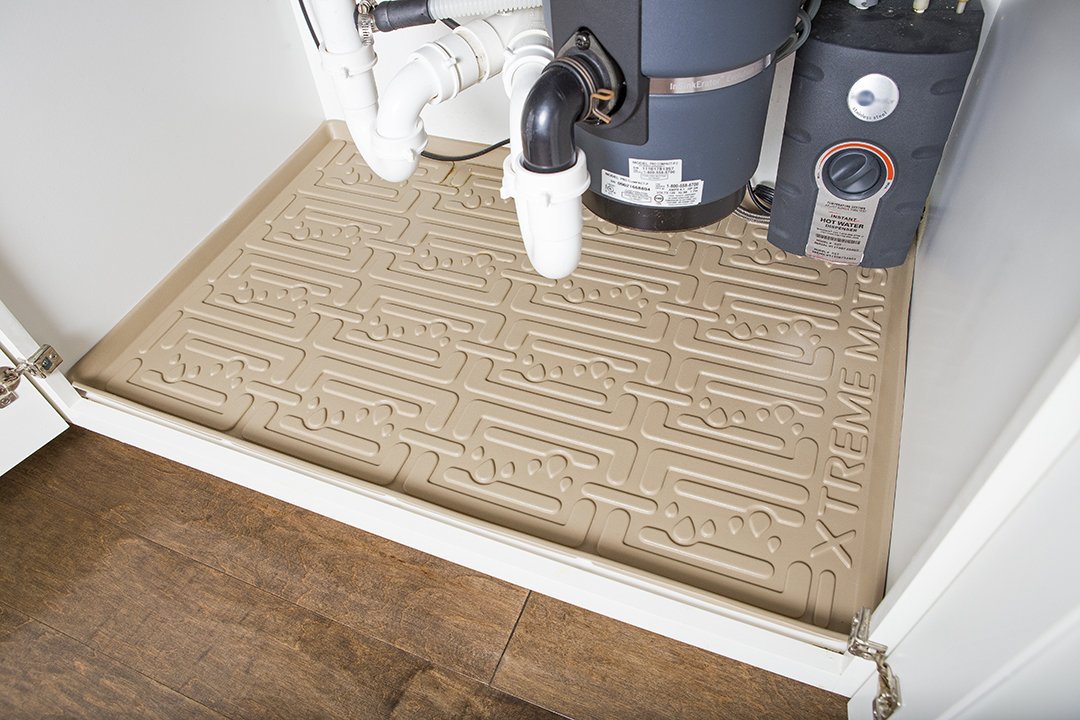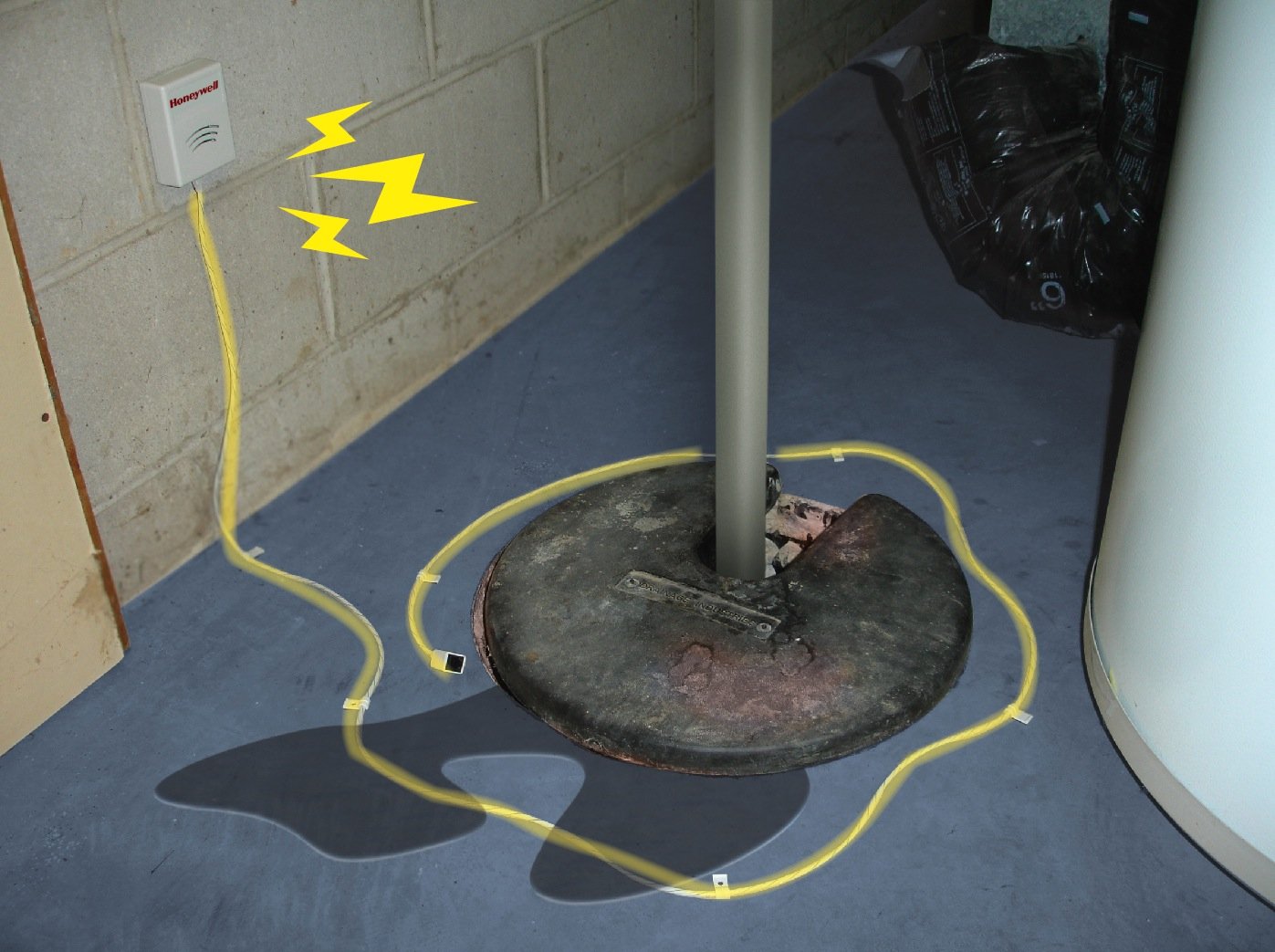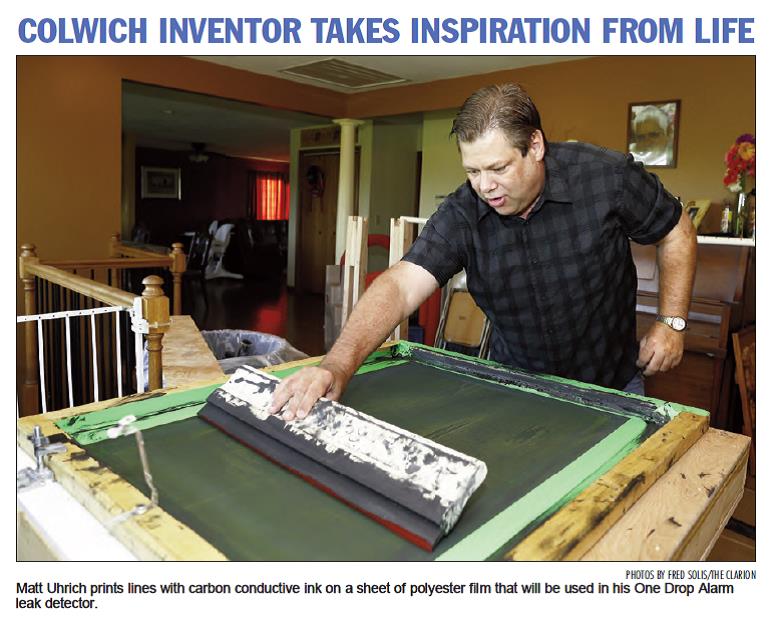NeverDie
Senior Member
I notice most leak detectors are single point sensors. However, under a kitchen sink, over time drips can happen in different areas, so you may not get lucky on just where you put a leak detector. I'm thinking of maybe laying down two parallel strips of conductive tape at the three (maybe all four) edges of the cabinet bottom under the kitchen sink, and connecting one to ground and one to an external interrupt pin, both on an arduino, so that no matter which way a leak travels, the sleeping arduino will get an interrupt and I'll get early warning. Just wondering if anyone has already tried that or whether there are any pitfalls to that approach.
I've got reverse osmosis, a waste disposer (which obviously shakes things up every time it runs), and two dishwashers that drain into that space, plus the faucet, its hose connections, and the sink itself, so there is a lot of potential for something to come loose and drip. In fact, I just fixed a small drip which I found in the course of repairing one of the dishwashers. Luckily no damage this time, but Murphy's law is why I'm thinking how I might catch it sooner next time.
I've got reverse osmosis, a waste disposer (which obviously shakes things up every time it runs), and two dishwashers that drain into that space, plus the faucet, its hose connections, and the sink itself, so there is a lot of potential for something to come loose and drip. In fact, I just fixed a small drip which I found in the course of repairing one of the dishwashers. Luckily no damage this time, but Murphy's law is why I'm thinking how I might catch it sooner next time.




